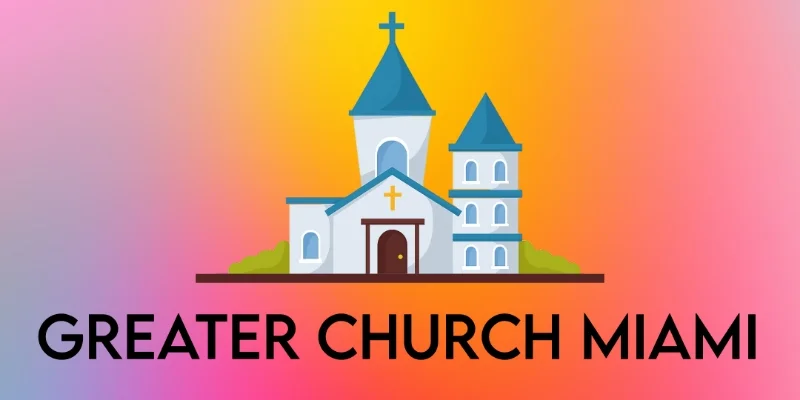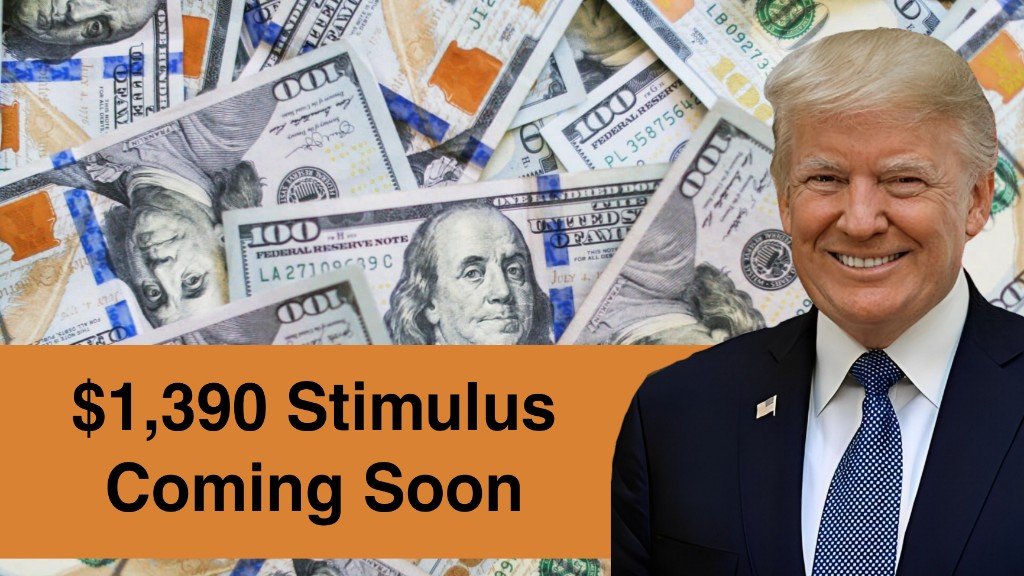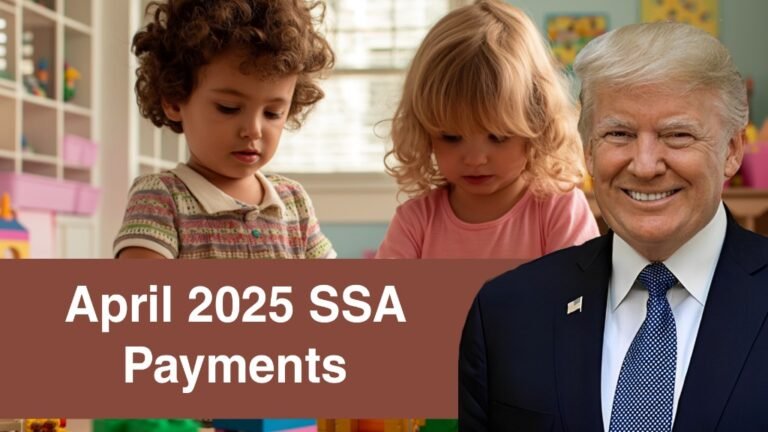As inflation continues to weigh heavily on American households, many are eagerly looking toward a new wave of financial relief. In 2025, the federal government has approved a one-time $1,390 stimulus payment designed to assist low- and middle-income individuals and families struggling with rising living costs, including groceries, rent, and healthcare.
This article provides a clear overview of who qualifies, how to claim the payment, and what steps to take if you haven’t filed taxes or receive government benefits.
What Is the $1,390 Stimulus Payment?
The $1,390 payment is a federally funded, tax-free stimulus check—part of a renewed economic support package in response to ongoing financial pressure across the U.S. Unlike previous pandemic-era checks, this round is targeted primarily at Americans who are still financially vulnerable in 2025. This includes retirees, people with disabilities, veterans, and families with children, among others.
Also read – April 2025 SSA Payments – Claim Your $5,180 + $967 Now!
Just like previous Economic Impact Payments, this one is not considered taxable income and will not reduce your eligibility for Social Security, SNAP, or other federal aid programs.
Who Is Eligible for the $1,390 Check?
Eligibility for this payment is based on your income, tax filing status, and benefit status.
Core Qualifications:
You’re likely eligible if you meet any of these criteria:
- Single filers with an Adjusted Gross Income (AGI) of $75,000 or less
- Married couples filing jointly with AGI up to $150,000
- Heads of household earning up to $112,500
- Social Security recipients, including retirees and people on SSDI or SSI
- Veterans Affairs and Railroad Retirement beneficiaries
- Parents with qualifying dependents may also receive additional stimulus funds per child
As in previous rounds, the payment phases out gradually for incomes above these thresholds and disappears entirely beyond a certain level.
Special Cases to Note
Non-Filers:
If you didn’t file taxes in 2023 or 2024 and are not receiving Social Security or government benefits, you must submit your information through a Non-Filer Portal (expected to open via the IRS website) to claim your check.
Recent Benefit Recipients:
Those who recently started receiving Social Security or SSI are usually included automatically, as long as their information is current with the Social Security Administration (SSA) or Veterans Affairs.
Who Is Not Eligible?
You may not qualify if:
- Your income exceeds the set limits
- You’re a non-resident or are claimed as a dependent on someone else’s tax return
- You’re behind on filing your taxes or have incorrect bank or address details on file
How and When Will Payments Be Sent?
The IRS plans to begin issuing payments in mid-summer 2025, with most checks delivered during July and August. The process will be automated for most people.
Payment Methods:
- Direct Deposit: Fastest method, sent to your registered bank account
- Paper Check: Mailed to your address on file
- EIP Debit Card: A prepaid debit card sent to select recipients, especially those without a bank account
You can track your payment status once the IRS “Check My Payment” tool is updated in the coming months.
Also read – $2,100 Social Security Payment for Seniors? Check Dates & Eligibility Now
What You Need to Do Now
To make sure you receive your payment without delay, follow these steps:
- File your 2024 tax return if you haven’t already—even if you had no or very low income.
- Verify your address and banking information are correct with the IRS or SSA.
- If you don’t usually file taxes and don’t get benefits, watch for the Non-Filer Portal to open.
- Stay alert for official updates via IRS.gov or SSA.gov.
Frequently Asked Questions
Q: Is the $1,390 stimulus check taxable?
A: No, it’s completely tax-free and will not be counted as income for federal or state taxes.
Q: Will the payment affect my Social Security or Medicaid?
A: No. The stimulus payment will not impact your eligibility or payment amount for other benefits.
Q: Can I get this if I missed earlier checks in 2020–2021?
A: Yes. Filing your most recent tax return can ensure you’re included, even if you missed out before.
Final Thoughts
The $1,390 stimulus payment for 2025 is a much-needed financial cushion for millions of Americans weathering high costs. Whether you’re a retiree, a disabled worker, a low-income family, or a veteran, this relief could provide the breathing room you need. To get your money without hassle, make sure your tax and benefit information is current, and watch for updates on the IRS and SSA websites.




